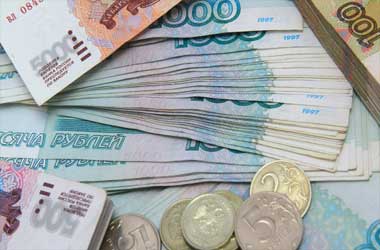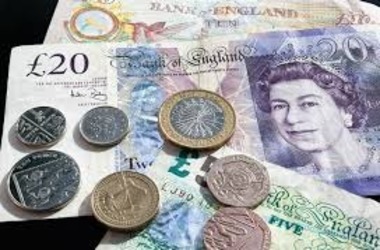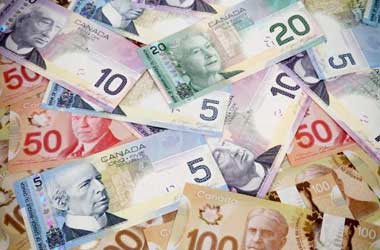 The Russian ruble strengthened on Friday despite the report of a slowdown in Russia’s economic growth in August. The upward revision of FY21 GDP by the Russian Ministry of Economic Development and the government’s plan to increase spending in the years to come has also fueled the ruble’s gain over the greenback. The USD/RUB pair has dropped from 73.24 to a low of 72.65 on Friday.
The Russian ruble strengthened on Friday despite the report of a slowdown in Russia’s economic growth in August. The upward revision of FY21 GDP by the Russian Ministry of Economic Development and the government’s plan to increase spending in the years to come has also fueled the ruble’s gain over the greenback. The USD/RUB pair has dropped from 73.24 to a low of 72.65 on Friday.
Russia’s gross domestic product rose 3.7 percent year-on-year in August of 2021, following an upwardly revised 4.9% rise in the previous month. It was the sixth consecutive month of economic expansion. Output eased for construction (6.2 percent vs 9.3 percent) and industrial production (4.7 percent vs 7.2 percent) but rose faster for retail sales (5.3 percent vs 5.1 percent).
In preparation for the 2022-24 Russian federal budget, the Ministry of Economic Development released new predictions for macroeconomic indicators from 2021-24, BMB Russia reports. In its forecast, the Ministry predicts GDP growth of 4.2% for 2021, up from the previous forecast of 3.8%, and 3% for 2022-24.
However, inflation is expected to get worse. The Ministry expects the growth in consumer prices to be 5.8% in 2021, the highest in five years. Minister of Economic Development Maxim Reshetnikov attributes this to global inflation, the disruption of value chains and poor Russian harvests.
The ministry’s inflation prediction is still lower than that of the CBR, which forecasts CPI at 5.7-6.2%. The ministry’s predictions are also at odds with a recent OECD report that puts Russia’s economic growth at 2.7% and inflation at 6.1% for 2021.
This is the third version of the forecast by the Ministry this year. “The main thing that served as the basis for revising the forecast is the fact that the Russian economy recovered faster than we had planned,” a representative said. President Putin also recently remarked that Russia has overcome the economic downturn due to the pandemic and that the economy has recovered.
On September 21, the government approved the draft federal budget. The budget assumes a surplus in the next two years and a deficit in 2024. The budget is due to the State Duma by October 1.
Russia will boost state spending by $5.2 billion in the next three years by tweaking its globally praised fiscal rule and seeks to make the changes permanent to support economic growth, a draft bill showed on Thursday. The Russian economy has already recovered to pre-pandemic levels after shrinking 3% in 2020, its sharpest contraction in 11 years, and authorities are looking for ways to keep it growing amid a lack of private and foreign investment.
The government sent a draft bill to the lower house of parliament that envisages permanently pegging the so-called presidential spending surcharge at 0.5% of gross domestic product. Based on the government GDP forecast, this will give Russia a cumulative 378.6 billion roubles ($5.2 billion) in extra spending in the next three years on top of the previous budget plan that fixed the surcharge at 585 billion roubles a year in 2022-2024, Reuters calculations showed.
Higher state spending should help offset a negative economic impact from tighter monetary policy. The central bank is expected to raise rates for the sixth time in October in an attempt to tame stubbornly high inflation. The fiscal rule, designed to shield Russia from swings in oil prices and endorsed by global rating agencies, says Russia cannot spend more than its non-oil and gas revenues together with proceeds from selling oil above a particular oil level.
But Russia relaxed the rule in 2019 by allowing extra spending approved by President Vladimir Putin and boosted state spending and borrowing to overcome the COVID-19 pandemic in 2020-2021. The finance ministry, which has repeatedly promised to return to the pre-crisis fiscal rule as soon as 2022, declined to comment.




